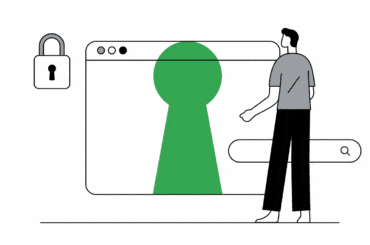What is Engagement Rate?
Engagement rates are metrics KPI’s (Key Performance Indicators) that track how actively involved with your content your audience is. Engaged consumers interact with brands through “likes” comments and social sharing.
Engagement rate is a metric often used in analysing the efficiency of brand marketing campaigns. People who spend time interacting with your companies social media posts, videos, updates and blogs are more likely to convert into leads or buying customers.
Engagement rates also have subset measurements like “sharing metrics” which highlight the impact of your “Word Of Mouth Marketing”.
There’s some debate around which metrics are most important to digital marketing, but “engagement” often tops the list.
Which Factors Go Into Engagement Rates?
Engagement rates are complicated. There’s no single definition of an “engaged” customer because interactions change according to context and medium.
For instance, engagement rates include:
- On a website: scroll depth, average time on page, average page views, bounce rate, shares and form conversions
- On Social media: include metrics like likes, shares, comments and retweets
- Facebook: Reactions, clicks, comments and shares
- LinkedIn: Interactions, clicks, followers acquired and impressions
- Instagram: Likes and comments
- Twitter: Retweets, comments and likes
- Pinterest: Likes, comments and pins
- On email campaigns: include open-rates and click-through rates
Most multi-channel or omni-channel campaigns involve measuring engagement metrics across various channels. Monitoring your engagement rate helps you to determine if your marketing strategies are working.
A lack of engaged followers may indicate that you need to change your TOV (Tone Of Voice), messaging or advertising channel.
Graham Paffett | Founder of One9Seven6 Tweet
Why Is Engagement Rate Is Important?
In social media and digital marketing there’s often a lot of talk about ROI (Return On Investment). With the right social tool, companies can measure engagement to demonstrate social media success.
Online, engagement leads to:
- Greater visibility
- Brand affinity
- Referrals and word of mouth marketing
- Credibility
- Better relationships with customers
Engagement educates your marketing team if they’re reaching advocates, influencers and your target audience. Through engaging campaigns, you create advocates that are more likely to spread positive messages about your brand and convert into leads and paying customers.
How To Use Your Engagement Rate
A strong engagement rate justifies your campaigns. However, engagement metrics can also be a powerful tool in other areas of business growth.
Marketing teams use engagement rate to:
- Guide content creation strategies: Engagement metrics indicate which content earns the most attention.
- Measure performance on social networks: Tracking engagement rate with a tool like Sprout Social ensures you’re interacting with clients on the right platforms.
- Find brand advocates and influencers: Engagement metrics highlight invested individuals willing to act as ambassadors for a brand.
- Measure success in specific campaigns: Engagement rates demonstrate how people feel about new products, services and campaigns.
- Target the right audience: Pay attention to specific demographics (Gender, age, location) of engaged audience members. If you notice that most of your engagement comes from people different from your user personas, tweak your strategy.


